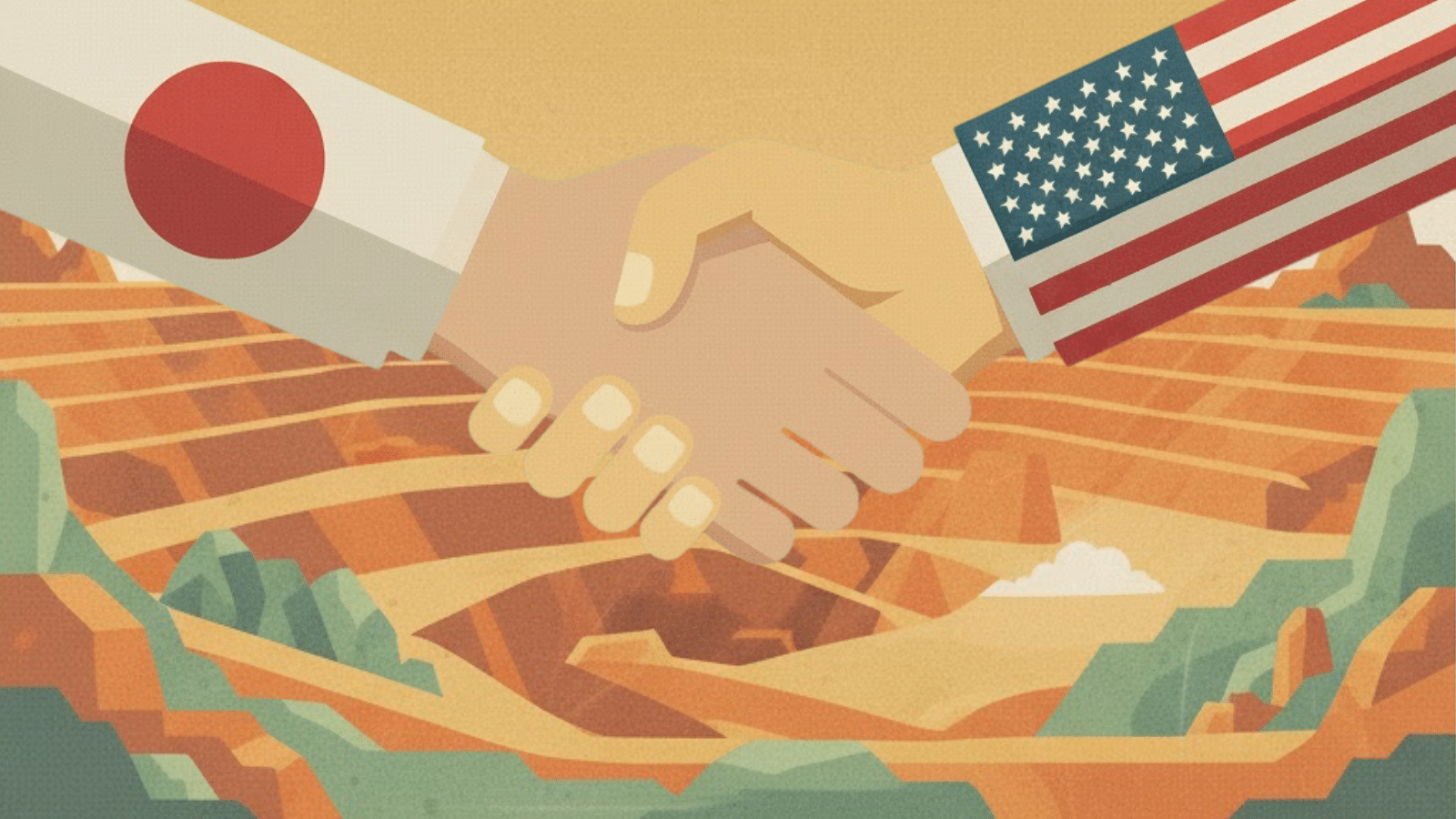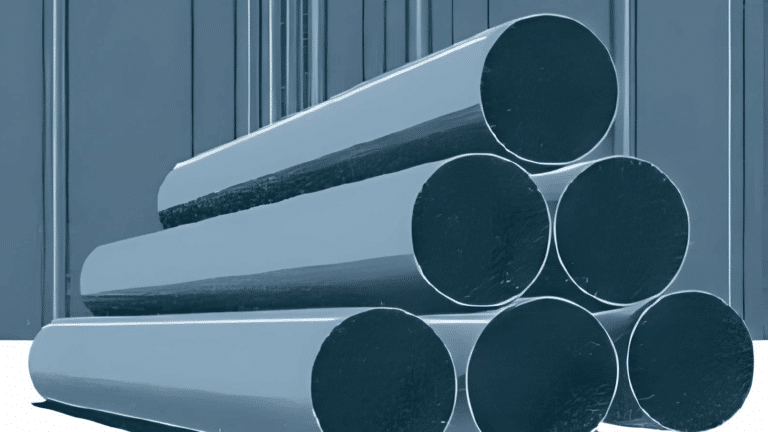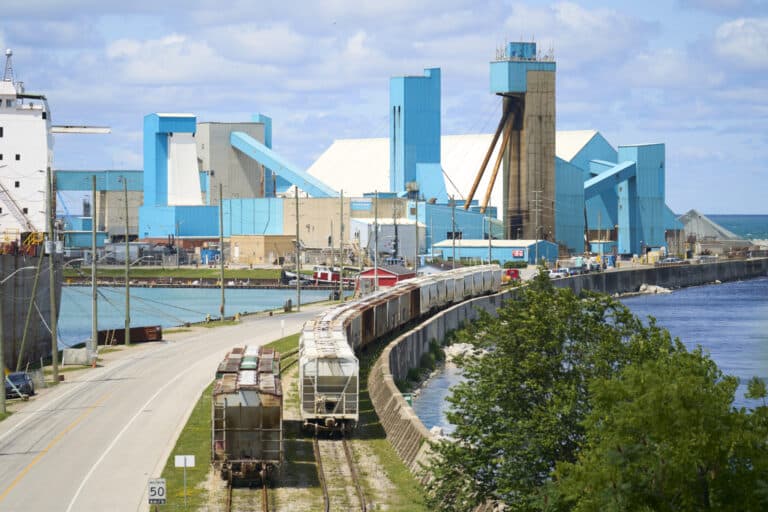EU on track to phase out Russian gas by 2028 but supply challenges remain
- Careful coordination, infrastructure development, and diversified supplies crucial to ensure smooth EU transition - Anadolu Agency
Current Access Level “I” – ID Only: CUID holders, alumni, and approved guests only
Insights from the Center on Global Energy Policy

This Energy Explained post represents the research and views of the author(s). It does not necessarily represent the views of the Center on Global Energy Policy. The piece may be subject to further revision.
Contributions to SIPA for the benefit of CGEP are general use gifts, which gives the Center discretion in how it allocates these funds. More information is available here. Rare cases of sponsored projects are clearly indicated.
The new critical minerals agreement between Japan and the US, announced on October 27, is more than yet another bilateral trade announcement; it is an acknowledgment that the clean energy transition and modern defense industries rest on fragile foundations, and that Washington has a great deal to learn from Tokyo’s critical minerals long game.
For the first time, the two allies were able to move beyond the rhetoric and truly commit to a common framework for enhancing critical minerals supply chain resilience. The agreement covers everything from joint project financing to stockpiling, investment guarantees, and the establishment of a bilateral Rapid Response Group to address supply chain disruptions. This is a big step, but the results will depend on implementation.
The framework’s origins in Japan’s long-standing minerals strategy
The framework’s content and structure emerge out of Japan’s own long-standing approach to minerals. Japan recognized its mineral vulnerability earlier than other countries through its 2010 Senkaku Islands dispute with China, which led to an abrupt Chinese export ban on rare earth elements. This episode exposed how one geopolitical decision could paralyze Japan’s high-tech, automotive, and defense industries. In response, Tokyo built among the world’s most coherent strategies for securing critical minerals — one centered on public–private collaboration, patient capital, and international partnerships.
The linchpin of that strategy has been the Japan Organization for Metals and Energy Security (JOGMEC), which operates under the Ministry of Economy, Trade and Industry (METI). For fifteen years, JOGMEC has systematically done what the United States is only now recognizing it should be doing: treat mineral supply chains as strategic infrastructure. This has involved investing through equity stakes, loans, debt guarantees, and technical assistance, and deploying a full arsenal of industrial policies to secure the supply of critical natural resources.
The underlying logic is simple but powerful: securing access to critical minerals requires a whole-of-value-chain approach. It is necessary but no longer sufficient to simply fund mines. Today, refining technologies determine who actually controls value chains, and exploration success determines who will control them in twenty years. JOGMEC invests in both.
The new framework explicitly adopts this end-to-end vision. It requires both countries to jointly identify and eventually finance (through grants, guarantees, loans, equity, and offtake arrangements) projects that span the entire supply chain, from mining and separation to derivative products such as batteries, magnets, and catalysts.
Japan’s ongoing efforts on rare earths
Japan’s broad diversification strategy has focused on multiple nodes in the supply chain and multiple operations across the world. This contrasts with the approach of the United States so far, which has leaned heavily on a single flagship, MP Materials, without creating mechanisms that help support a broader ecosystem of market players. Supply-chain resilience comes from redundancy and competition, rarely from betting on a single national champion, however impressive the chosen company is, a point the US seems to be recognizing as it prepares more support for rare earth firms.
JOGMEC’s recent deal with REAlloys Inc. perfectly encapsulates Japan’s international approach to supply chain resilience. Under this agreement, JOGMEC, acting on behalf of METI, will help license and transfer Japanese separation and magnet-fabrication technologies to REAlloys’ North American operations. The plan covers the entire supply chain: upstream assets in Saskatchewan, a midstream separation facility in Saskatoon, and downstream magnet production in Ohio. Few deals illustrate so well how industrial–security cooperation can move from rhetoric to reality.
Japan is also investing globally. In October, JOGMEC and the Japanese gas company Iwatani announced a joint investment of up to 110 million euros in Caremag, a French rare-earth refining project run by Carester. Through Japan and France’s new joint venture, Japan France Rare Earths, the two countries secured a long-term offtake for half of Caremag’s heavy rare-earth oxide output, especially dysprosium and terbium, which are essential to high-performance magnets for EVs and offshore wind. JOGMEC’s long-standing partnership with the Australian mining company Lynas (which has also received US support for its US operations) displays the same pattern: early, patient investment in separation and refining capacity outside China, coupled with offtake guarantees for Japanese industry.
Across these efforts, Japan has shown a relentless focus on midstream separation capacity and access to heavy rare earths, both of which remain choke points that China continues to dominate. The new agreement goes a step further by accelerating permitting for mining and processing projects to ensure fair competition and pricing mechanisms that reflect the true cost of responsible extraction and coordinating national stockpiling systems. The inclusion of joint geological mapping and recycling initiatives is a rare recognition that future mineral security also depends on knowledge and circularity.
The benefits of the agreement for both sides
The new agreement will help prevent the US and Japan from pursuing parallel, uncoordinated strategies. Each country, along with Canada, Australia, and the European Union, is spending billions to rebuild the same parts of fragmented supply chains. Without coordination, these interventions risk duplication, inflated costs, and, ultimately, persistent vulnerability. It’s important to recall that even with its impressive track record, Japan is still dependent on China for about 70 percent of its rare earths supply, down from 90 percent in 2010.
Joint planning matters for two other reasons. First, mineral development is extraordinarily capital-intensive. Exploration budgets alone can reach hundreds of millions per project without a guaranteed return. China outspends all other countries in exploration, which is precisely where long-term dominance begins. To compete, the United States, Japan, and their partners will need to co-finance exploration, not just late-stage mining and processing.
Second, the economies of the United States and Japan depend on the same critical inputs. These include not only the more visible rare earths but also graphite, gallium, germanium, and nickel. Indeed, Japan, South Korea, and the United States all rely on stable mineral flows beyond rare earths for their digital and clean-tech sectors. Coordinated investment vehicles (including joint offtake agreements and shared strategic reserves) could transform fragmented national programs into a genuine collective security framework. This would be especially important if China once again decides to simply continue exports of rare earths reliably, thereby disincentivizing foreign investment, much like it did after 2010, which left Japan almost on its own investing in alternative supplies.
Beyond mining and separation, Japan’s comparative advantage lies in permanent magnet technology. The new framework explicitly recognizes this downstream link by including derivative products such as magnets and catalysts among its joint investment priorities. This is crucial because magnets are the chokepoint where raw materials turn into strategic value. The agreement’s Rapid Response Group and commitment to fair, high-standard pricing mechanisms are designed precisely to protect these critical end uses from future supply shocks and price manipulation.
While the US government has promised a ten-year offtake agreement to support domestic magnet production under the MP Materials deal, actual output will take years to reach scale. In the meantime, Japanese producers could expand capacity by roughly 10 percent to supply US defense and EV industries. A targeted commercial agreement ensuring near-term magnet supply from Japan would be a pragmatic complement to long-term US re-industrialization goals.
Importantly, the framework also calls for accelerated permitting, coordinated stockpiling, and joint geological mapping — elements that make long-term industrial cooperation more credible than past declarations. If implemented faithfully, and that is a crucial if, it can help move both countries from fragmented projects toward a coordinated end-to-end approach spanning exploration to recycling.
China’s dominance in critical minerals was built on coherence rather than innovation alone. The new agreement is, in essence, an attempt to match that coherence. By treating critical minerals as shared strategic infrastructure, the US and Japan are finally laying the institutional foundation for genuine supply-chain security. This can now be extended to other allies such as Canada and to the G7 more broadly.
In the last six weeks, the Chinese government has made several bold moves related to its trade relations.

The Trump administration is increasingly using equity investments as a tool of industrial policy to support domestic critical minerals supply chains.

The European Commission released a proposed regulation on Oct. 7 that would replace the EU's existing "safeguard" duties on imported steel products set to expire in June 2026.

CGEP scholars reflect on some of the standout issues of the day during this year's Climate Week

The report outlines five foundational choices if a stockpiling strategy is adopted, as bipartisan support suggests is possible.

Natural resources and critical minerals are more important than ever. Here's how Canada can be a global leader

Lithium plays a critical role in the global energy transition. It is the core ingredient of lithium-ion batteries that power electric vehicles (EVs) and are used in stationary energy storage systems.
